Search
JOSHA Table of Contents - Volume 3 Issue 5
DOI: 10.17160/josha.3.5.240
The current issue of the Journal of Science, Humanities and Arts brings exciting news to our readers along with eight novel contributions to the scientific, humanities, and arts fields. We dedicated this issue mainly to philosophy, ethics, law, and arts, which is mainly focused on the interdisciplinary relationship between these fields. We expect that you will enjoy it and we are already looking forward to what the next JOSHA articles will bring to our Science, Humanities, and Arts community.
III International Congress on Translational Medicine - Buenos Aires, Argentina, Nov 21-22, 2016
DOI: 10.17160/josha.3.5.237
The School of Pharmacy and Biochemistry of the University of Buenos Aires hosts the third International Congress on Translational Medicine on November 21st and 22nd, under the auspices of the German Embassy in Buenos Aires and the Asociacion de Universidades Grupo Montevideo. The International Congress will be held in the context of the International Master Program in Biomedical Sciences (IMBS) Cooperation, a German-Argentinean Study Program from the Universities of Freiburg and Buenos Aires which is currently being extended to the University of Montevideo, Uruguay. The Master Program was launched in 2008 and has already paved the way for many graduates who joined academic and professional careers. A broad range of topics in the fields of Molecular Biology and Medicine as well as Microsystems and Bioethics will be covered by the two-day Congress. Moreover, Prof. Dr.
Police and Crime Commissioners in the United Kingdom: A Compelling Case for Enhancing Public Participation in Crime Control Institutions?
DOI: 10.17160/josha.3.5.235
The phenomenon of crime is as ancient as organized society. Crime control has traditionally been a state responsibility, managed by experts, with the public playing no substantive role. The state’s mechanism of coercive force in tackling crime derives from their mandate from the people, and the lack of public participation has caused a gradual erosion of legitimacy. This has led to criticisms of crime control institutions on accountability and effectiveness. The United Kingdom’s development of the post of Police and Crime Commissioner as a model for public participation has been seen as a step towards increased transparency but has suffered similar criticisms. This article looks at whether the case for enhanced public participation is compelling and whether the United Kingdom’s attempt towards public participation works. INSTITUTION: Faculty of Law, University of Oxford.
‘Structure, Image and Ideas at play’: A revisitation into the select Medical thrillers from a Grotesque lens
DOI: 10.17160/josha.3.5.234
INSTITUTION: Department of Humanities and Social Science, Indian Institute of Technology Indore, India. Medical thriller is one of the bestseller genre fictions among the popular fiction category in the contemporary times according to publishers and booksellers’ list. In spite of that fact, it has been relegated to the margins of literature based on the academic critique of being ‘low literature’ and also as an embodiment of clashing bioethical facets that perplexes the reader's mind. Against this grain, this discussion attempts to argue that medical thriller is a significant contribution as a genre and a cultural phenomenon, primarily drawn from a grotesque lens. Grotesque in these novels are displayed as a ‘play’ in its various representations, engagements, use and effect of the techno-driven medical culture which Frances S. Connelly asserts as very much intrinsic to the ideation of grotesque in The Grotesque in Western Art and Culture (2006).
Hybrid Structures as a Symbiotic Bond of Art and Science
DOI: 10.17160/josha.3.5.233
INSTITUTION: University of Prishtina, Faculty of Civil Engineering and Architecture, Prishtina, Kosovo. The world continues to expand its development in all possible spheres, and this expanding is in an arithmetic mode of progression, hence, as well the population continues to grow. So, in terms of urban dynamics, sustainable architecture and artistic challenges as presents this phenomenon, we need more environmental and sustainable clear objectives. What are hybrid buildings? What do they present? Currently, the potential for hybrid buildings has taken a real evolutive urban concept, in relation, and as a consequence of economics, lack of open spaces, spatial contemporary concepts with the urban prerequisites has increased the overall value of urban future zones. This paper explores the design concepts of structured hybrid buildings as a creative interdependence between science, art, architecture and human development.
Past, Present and Future of a Successful International Collaboration: An Interview with Prof. Dr. Marta Mollerach
DOI: 10.17160/josha.3.5.232
Prof. Dr. Marta Mollerach is an Associate Professor of Microbiology at the University of Buenos Aires and an Independent Researcher of CONICET. She is currently the Secretary of International Affairs of the School of Pharmacy and Biochemistry and the Executive Academic Director of the International Master Program in Biomedical Sciences (IMBS). In our interview with her, we discussed the past, present and future of the Argentinean-German academic and scientific collaboration and the successful track of the IMBS during the past eight years. This friendly while professional interview gives insight into the potentials of a partnership of this magnitude. We hope you'll enjoy reading this article as much as we enjoyed its writing.
Heritage and Artistic Boon: Valuing Prizren Castle
DOI: 10.17160/josha.3.5.228
INSTITUTION: University of Prishtina, Faculty of Civil Engineering and Architecture, Prishtina, Kosovo. There are a lot of disagreements on whether heritage assets and boon should be valued. A number of national and international accounting standards boards consider that bringing heritage assets on the balance sheet would improve the quality of the information reported. In order to include heritage assets in the balance sheet, it is necessary to understand what they really represent. Hence, conceptually there is much cogitation among professionals about whether heritage assets should be indeed classified as assets, or whether they meet the rationale at all, given that a crucial part of the definition of an asset is that it should provide future wellbeing and benefit to the society. The research methods consist of empirical observation, focusing on the castle campus structure.
JOSHA Table of Contents - Volume 3 Issue 4
DOI: 10.17160/josha.3.4.225
The current issue of the Journal of Science, Humanities and Arts brings us eight novel contributions to the scientific, humanities, and arts fields. In this issue we have included articles about science, health, philosophy, ethics, arts, and even economy. This issue is mainly focused on the interdisciplinary relationship between these diverse fields. We hope that you will enjoy this issue as much as we enjoyed selecting its content for you.
Characterization of the AZF region of the Y chromosome in Native American haplogroup Q
DOI: 10.17160/josha.3.4.219
The Y chromosome is a genomic niche for genes involved in male gamete production. The existence of an azoospermia factor (AZF) in its long arm is a key genetic determinant for spermatogenesis since its deletion is associated with infertility. Deletions in the AZFc region are the most frequent known genetic cause of male infertility. This region contains eight gene families involved in spermatogenesis, including Deleted in Azoospermia (DAZ) and the Chromodomain Protein Y (CDY) genes. AZFc displays significant variation across the male population; nonetheless, the phenotypical consequences of some of these variants remain unclear. Many Y-chromosome geographically differentiated haplogroups have been defined in the human population. However, the information available on the Y chromosome sequence in GenBank belongs only to the European haplogroup R. Recent studies have shown that high mutation rates have driven extensive structural polymorphism among human Y chromosomes.
IMBS Workshop “Science, Ethics and Society” open for registration!
DOI: 10.17160/josha.3.4.217
INSTITUTION: Institut für molekulare Medizin und Zellforschung, Albert-Ludwigs-Universität Freiburg. The International Master in Biomedical Sciences (IMBS) team invites you to the Symposium “Science, Ethics and Arts”. IMBS is a joint Program and collaboration between the Albert Ludwig University Freiburg and the University of Buenos Aires. We annually welcome students from all parts of the world. We warmly invite you to attend the Workshop "Science, Ethics and Arts", which is subject to registration from Monday, October 10 to Thursday, October 13, 2016. This Workshop is an integral part of the two-year Master program in Biomedical Sciences. Lecturers from the Albert Ludwig University Freiburg, the Thales Academy Freiburg, the University of Buenos Aires, FLACSO Buenos Aires, and the National University of Mexico will address topics related to the ethics of human health, science, technology, and research.
.jpg?1476887341)

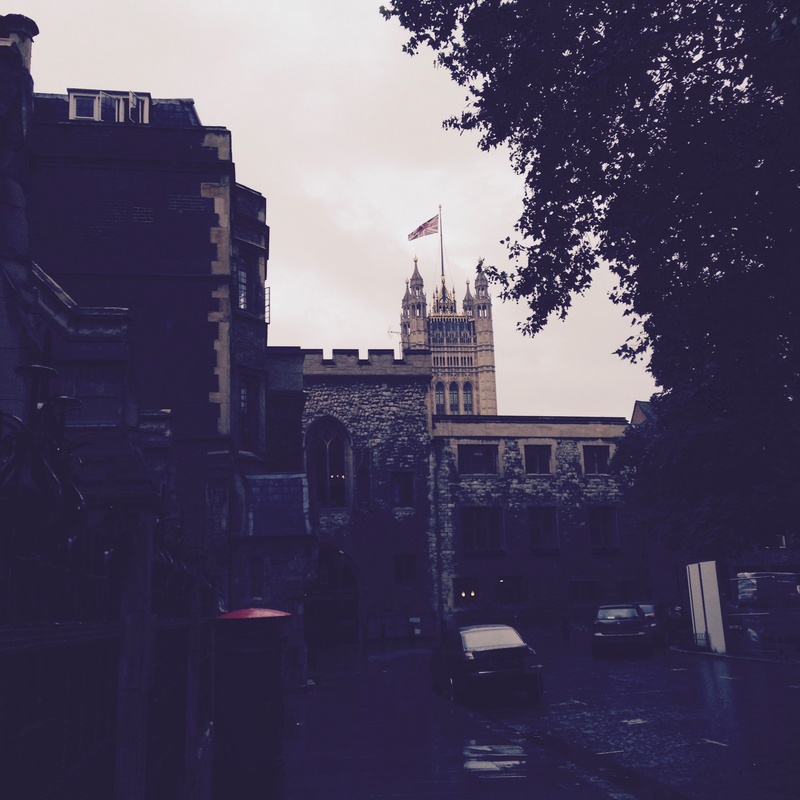
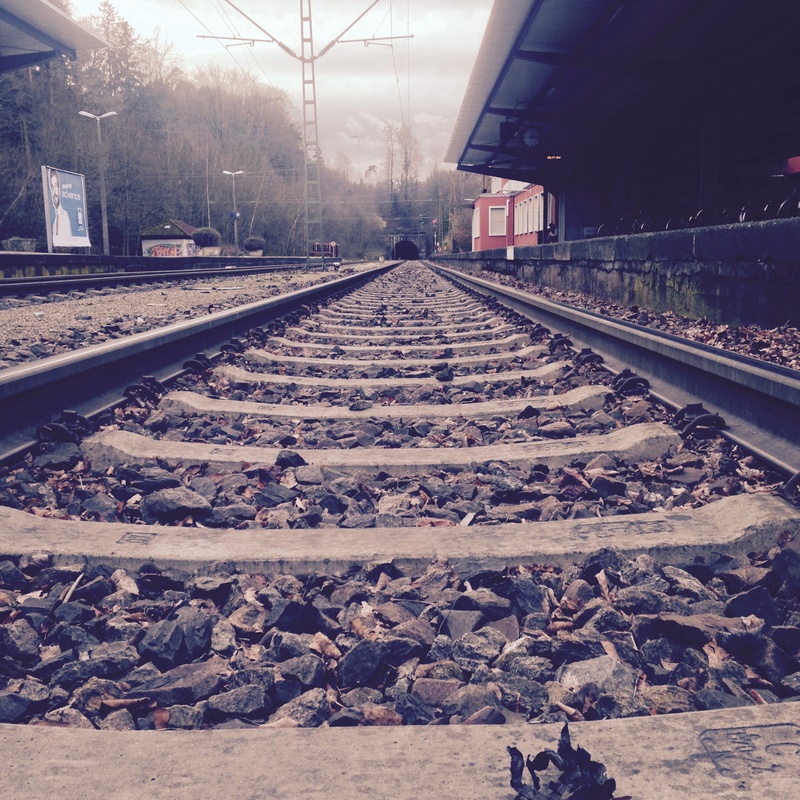
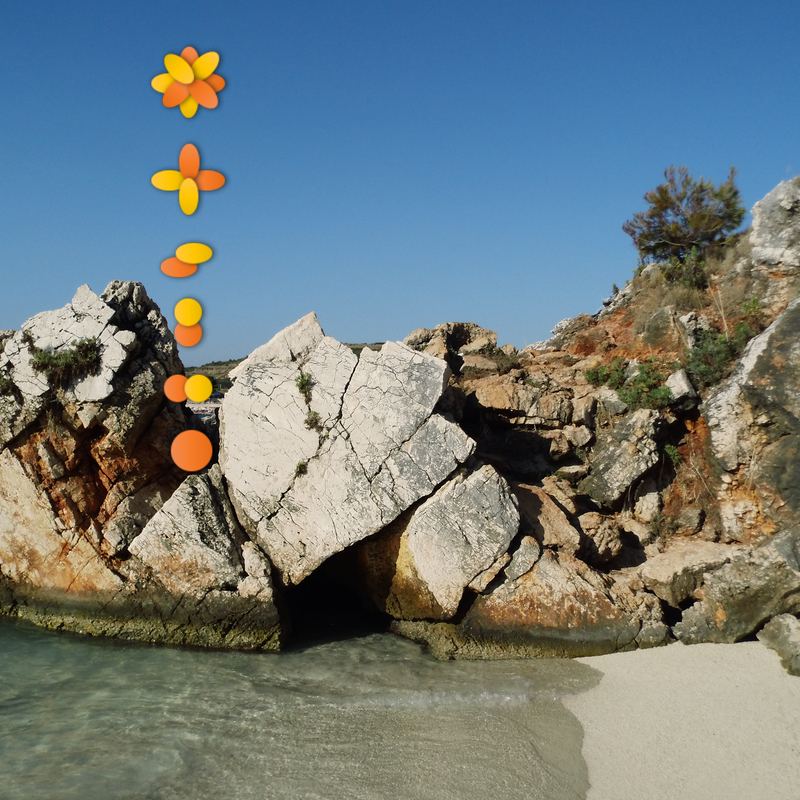
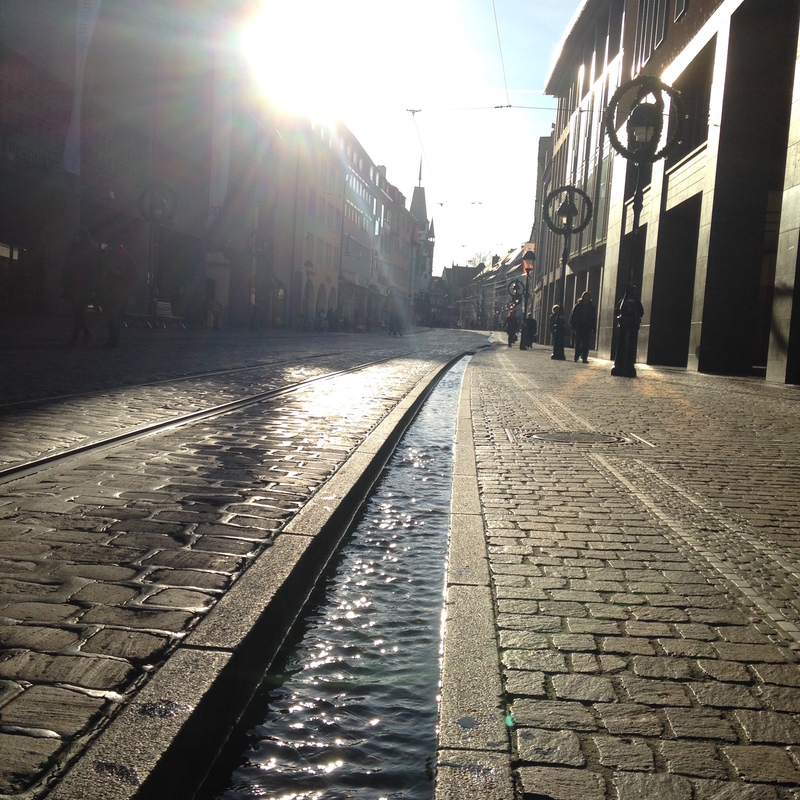
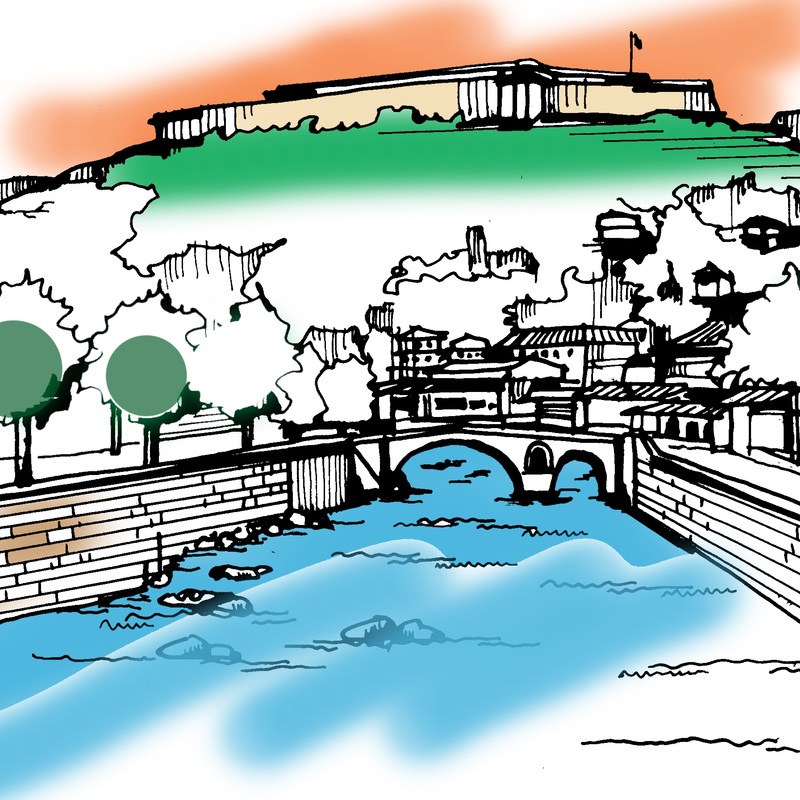
.jpg?1473626649)

